Third-party data refers to information collected by an entity that doesn’t have a direct relationship with the consumer. This data is typically aggregated from various sources and sold to businesses to help them enhance their marketing efforts. Unlike first-party data, which is collected directly from your own audience, third-party data provides insights into broader market trends and consumer behaviours across different platforms.
Using third-party data can be valuable for expanding your reach and understanding potential customers who haven’t yet interacted with your brand. However, it’s important to be mindful of the privacy and accuracy concerns associated with relying on third-party data.
1. Sources of Third Party Data
The sources of third-party data are diverse, offering a wealth of information that businesses can leverage. These sources typically gather data from multiple platforms, websites, and offline channels, aggregating it into comprehensive datasets. The data is then made available to businesses, usually through a subscription or purchase model. This data can be extremely valuable for businesses looking to expand their reach, identify new customer segments, or gain competitive insights.
2. Types of Sources Providing Third Party Data
Several types of sources provide third-party data, each offering unique insights that can be beneficial for different business needs. The main sources include data brokers, publishers, and partnerships.
- Data Brokers: These are companies that specialise in collecting, aggregating, and selling data. They obtain data from various sources, including public records, online tracking, and offline surveys, compiling it into useful datasets for businesses.
- Publishers: Online publishers, such as websites and blogs, often collect data from their visitors. This data can include browsing behaviour, content preferences, and interaction history. Publishers may sell this data to third parties or use it as part of a data-sharing partnership.
- Partnerships: Businesses often engage in partnerships where they share their data with other companies. This exchange can happen directly or through a third-party platform, allowing businesses to access a broader range of data than they could gather on their own.
By understanding the different sources and types of third-party data, businesses can make informed decisions about how to integrate this data into their strategies for maximum impact.
2. Benefits of Third Party Data
A. Enriching Customer Profiles
One of the primary benefits of third party data is its ability to enrich customer profiles. By incorporating data from external sources, businesses can gain a more comprehensive understanding of their customers. This enhanced view allows companies to create more personalised marketing messages, tailor product offerings, and improve overall customer experiences.
B. Broadening Audience Reach
Third party data also plays a crucial role in broadening audience reach. Since this data includes information from a wide array of sources, it helps businesses identify and connect with potential customers they might not have reached otherwise. This expanded reach can lead to higher brand visibility, increased traffic, and ultimately, more conversions.
C. Enhancing Ad Targeting Capabilities
Enhancing ad targeting capabilities is another significant advantage of using third-party data. With access to detailed information about consumer behaviour and preferences, businesses can create more accurate and effective ad campaigns. This precision in targeting helps to minimise ad spend wastage, improve return on investment (ROI), and deliver ads to the right audience at the right time.
3. Challenges Associated with Third Party Data
A. Data Accuracy and Reliability Concerns
One of the primary challenges with third party data is the issue of data accuracy and reliability. Since this data is collected from multiple external sources, there’s a significant risk of inaccuracies, outdated information, or inconsistencies. Businesses relying heavily on third-party data may find themselves making decisions based on flawed or irrelevant data, leading to ineffective marketing campaigns and wasted resources.
B. Privacy and Regulatory Compliance Issues
With increasing concerns over data privacy, third-party data usage has come under intense scrutiny. Regulatory frameworks like GDPR and CCPA impose strict guidelines on data collection, processing, and sharing. Companies using third-party data must ensure they comply with these regulations to avoid hefty fines and damage to their reputation. Additionally, the lack of transparency in how third-party data is collected can lead to privacy concerns among consumers, potentially eroding trust.
C. Integration Challenges with First Party Data
Integrating third-party data with first-party data can be challenging. First-party data, which is directly collected from customers, is often more accurate and tailored to a business’s specific needs. However, blending it with third-party data, which may come in different formats or lack the same level of precision, can lead to difficulties in data harmonisation. These integration challenges can result in data silos, making it hard to create a unified customer profile and execute targeted marketing strategies effectively.
4. Use Cases of Third Party Data
A. Audience Expansion
One of the primary benefits of third-party data is audience expansion. By leveraging this data, businesses can reach new demographics and markets that may not be accessible through their first party data alone. This helps in identifying potential customers who share similar traits with the existing customer base, thus expanding the company’s market reach.
B. Enhanced Ad Targeting
Third-party data significantly enhances ad targeting capabilities. By analysing interests and behaviours, businesses can create precision-targeted ads that resonate with specific audience segments. This level of targeting ensures that marketing messages reach the right people, increasing the effectiveness of ad campaigns and improving return on investment (ROI).
C. Market Research
Market research is another critical application of third-party data. By analysing market trends and consumer behaviour, companies can gain valuable insights that inform their business strategies. This data helps businesses stay ahead of the competition by understanding emerging trends and adapting to changing consumer preferences.
5. Segmentation Strategies Using Third Party Data
A. Demographic Segmentation
Demographic segmentation using third-party data allows businesses to target audiences based on age, gender, income, education, and other demographic factors. This strategy helps in creating tailored marketing messages that appeal to specific demographic groups, making campaigns more relevant and impactful.
B. Behavioural Segmentation
Behavioural segmentation involves analysing online behaviours and interests to group consumers into distinct segments. Third-party data provides insights into how consumers interact with websites, what products they are interested in, and their purchasing behaviours. This information allows businesses to create personalised experiences that align with the consumers’ interests and needs.
C. Geographic Segmentation
Geographic segmentation using third party data enables businesses to target audiences based on location-specific data. This is particularly useful for local businesses or companies looking to expand into new regions. By understanding the geographic preferences and needs of different markets, businesses can tailor their offerings to meet local demands.
D. Interest Based Segmentation
Interest based segmentation is a powerful strategy that uses third-party data to tailor offerings based on consumer interests. This approach involves analysing data on what consumers are passionate about, whether it’s fashion, technology, sports, or any other interest. By aligning products and marketing messages with these interests, businesses can create more engaging and relevant campaigns.
6. Implementing Third Party Data Strategies
Implementing third party data strategies requires a clear understanding of your business objectives. Start by identifying the specific goals you aim to achieve, whether it’s increasing brand awareness, improving customer targeting, or boosting sales. Once your objectives are clear, select the type of third party data that aligns with these goals. This approach ensures that your marketing strategies are data driven and more likely to succeed.
Choosing Reliable Data Providers
Selecting the right data provider is crucial to the success of your third party data strategy. Reliable data providers offer high-quality, accurate, and relevant data. When choosing a provider, consider factors such as their reputation, the sources of their data, and their compliance with data privacy regulations. Working with reputable providers ensures that the data you acquire is trustworthy and can significantly enhance your marketing efforts.
Evaluating Vendors and Data Quality
Not all data is created equal, making it essential to evaluate vendors and the quality of the data they offer. Assess the vendor’s data accuracy, coverage, and freshness. It’s also important to inquire about their methods for data collection and validation. By thoroughly evaluating vendors and data quality, you can avoid investing in poor-quality data that might lead to ineffective marketing campaigns.
Integrating Third Party Data
Integrating third-party data into your marketing campaigns should be done seamlessly to maximise its impact. Start by mapping out how the data will be used across different marketing channels. Whether it’s for audience segmentation, personalised messaging, or ad targeting, ensure that the data is correctly aligned with your overall marketing strategy. Proper integration helps in creating more targeted and effective campaigns.
Measuring Effectiveness
Measuring the effectiveness of third-party data in your marketing campaigns is critical for understanding its ROI. Focus on metrics such as conversion rates, customer engagement, and return on ad spend (ROAS). These metrics will help you evaluate how well the third-party data is contributing to your marketing goals. Regularly reviewing these metrics allows you to refine your strategies and optimise your campaigns for better performance.
7. Future Trends in Third-Party Data
The landscape of third-party data is rapidly evolving, with several key trends shaping its future. As privacy regulations tighten, companies are increasingly looking for ways to utilise third-party data while staying compliant. Moreover, advancements in AI and machine learning are transforming how this data is analysed, enabling more precise and actionable insights.
A. Enhanced Data Privacy Measures
In response to growing concerns over data privacy, enhanced measures are being implemented to protect consumer information. Companies that rely on third-party data must now prioritise transparency and ethical data usage. Enhanced privacy measures not only help in maintaining compliance but also in building consumer trust, which is crucial in today’s market.
B. GDPR, CCPA Compliance and Consumer Trust
Compliance with regulations like GDPR and CCPA is no longer optional; it’s a necessity. These laws mandate how companies can collect, store, and use third-party data. Adhering to these regulations not only ensures legal compliance but also fosters consumer trust. Companies that prioritise GDPR and CCPA compliance are more likely to build lasting relationships with their customers.
C. AI and Machine Learning Integration
AI and machine learning are revolutionising how third-party data is utilised. These technologies enable businesses to process large volumes of data quickly and accurately, providing deeper insights into consumer behaviour. With AI and machine learning, companies can now predict trends, optimise campaigns, and deliver personalised experiences at scale.
D. Predictive Analytics and Automated Insights
The integration of predictive analytics into third party data analysis is a game-changer for businesses. By leveraging historical data, companies can forecast future trends and consumer behaviours. Automated insights generated by AI-driven tools allow businesses to make data-driven decisions faster and with greater accuracy, leading to more effective marketing strategies and better ROI.
Faqs For What Is Third-Party Data? A Comprehensive Guide:
1. What is third party data, and how is it different from first-party data?
Third-party data is information collected by entities that do not have a direct relationship with the consumer. It is aggregated from various sources and sold to businesses for marketing purposes. Unlike first-party data, which is collected directly from your audience, third-party data provides insights into broader market trends and behaviours across different platforms.
2. What are the primary sources of third party data?
The main sources of third-party data include data brokers, online publishers, and business partnerships. Data brokers specialise in collecting and selling data, publishers gather data from their website visitors, and partnerships involve businesses sharing data with each other or through third-party platforms.
3. What are the benefits of using third party data in marketing?
Third-party data can enrich customer profiles, broaden audience reach, and enhance ad targeting capabilities. It helps businesses gain a more comprehensive understanding of their customers, identify new potential customer segments, and create more accurate and effective marketing campaigns.
4. What are the challenges associated with using third-party data?
The main challenges include concerns about data accuracy and reliability, privacy and regulatory compliance issues, and difficulties in integrating third-party data with first-party data. These challenges can affect the effectiveness of marketing campaigns and require careful management.
5. How can businesses ensure they are using third-party data ethically and legally?
To use third-party data ethically and legally, businesses should work with reputable data providers who comply with data privacy regulations like GDPR and CCPA. It’s also important to be transparent about data usage and prioritise consumer privacy to build trust and maintain compliance.
Ready to take your brand to the next level? Connect with us today to explore how HT Media can amplify your presence across our diverse portfolio of 25+ brands and properties. Let's turn your brand vision into reality!

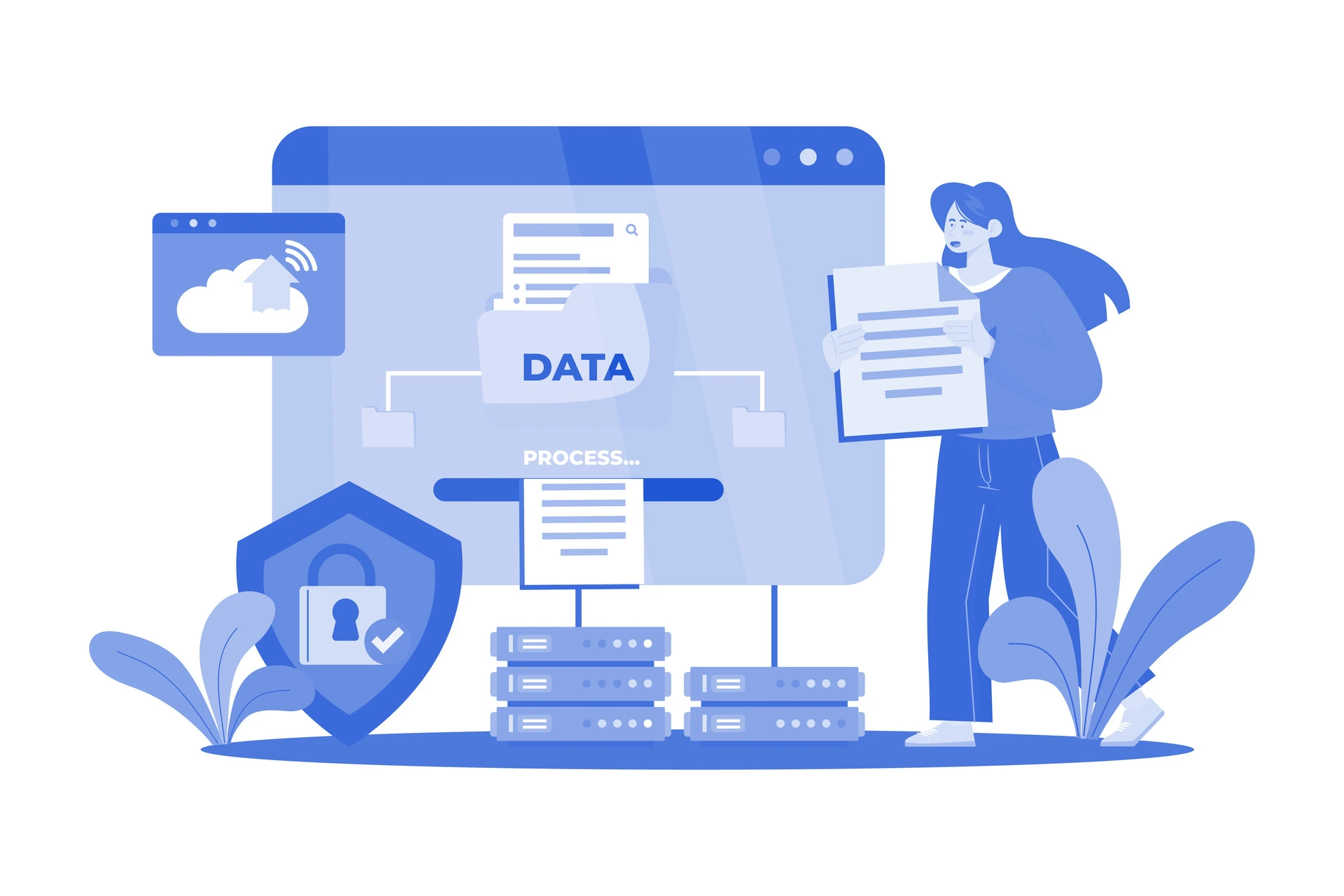


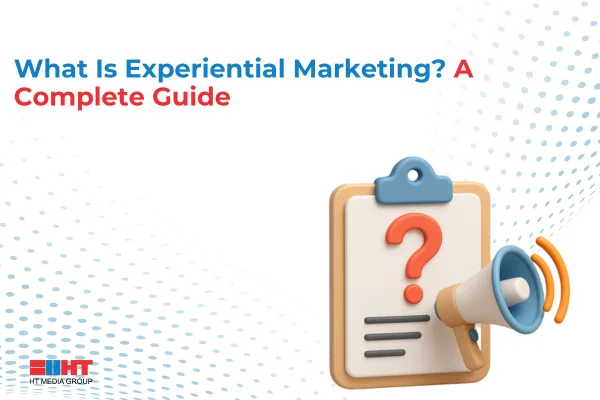


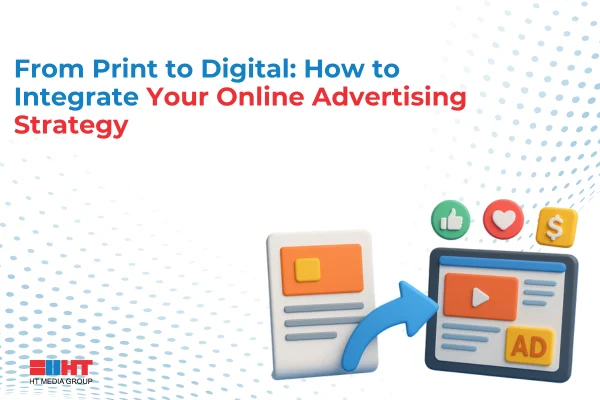


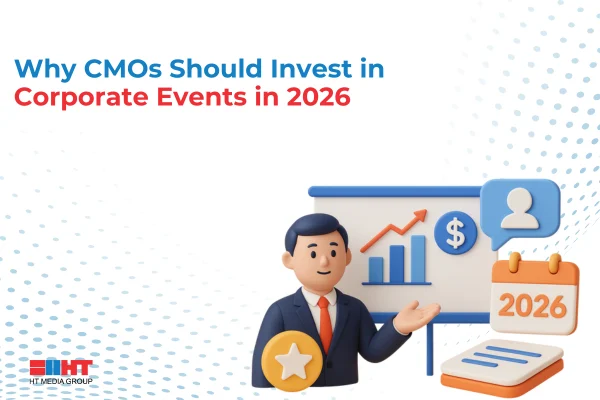
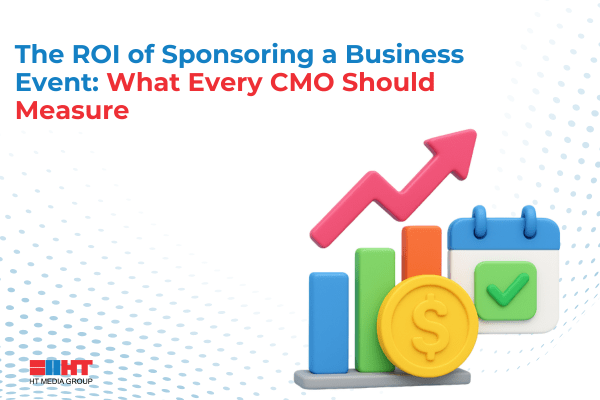


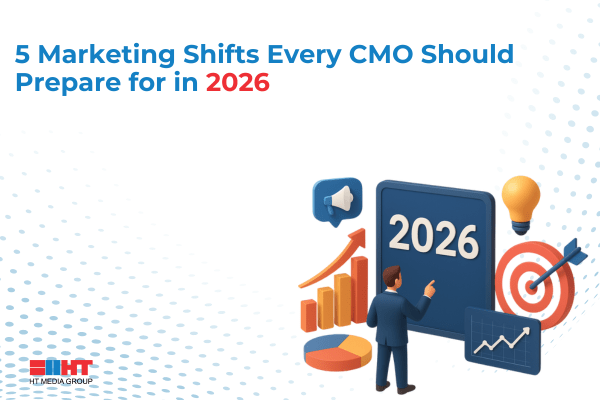
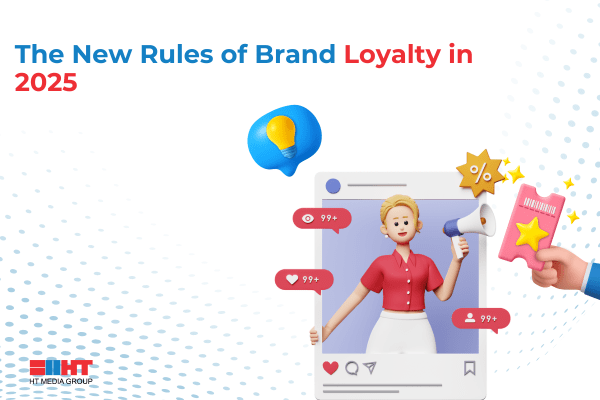

Comment